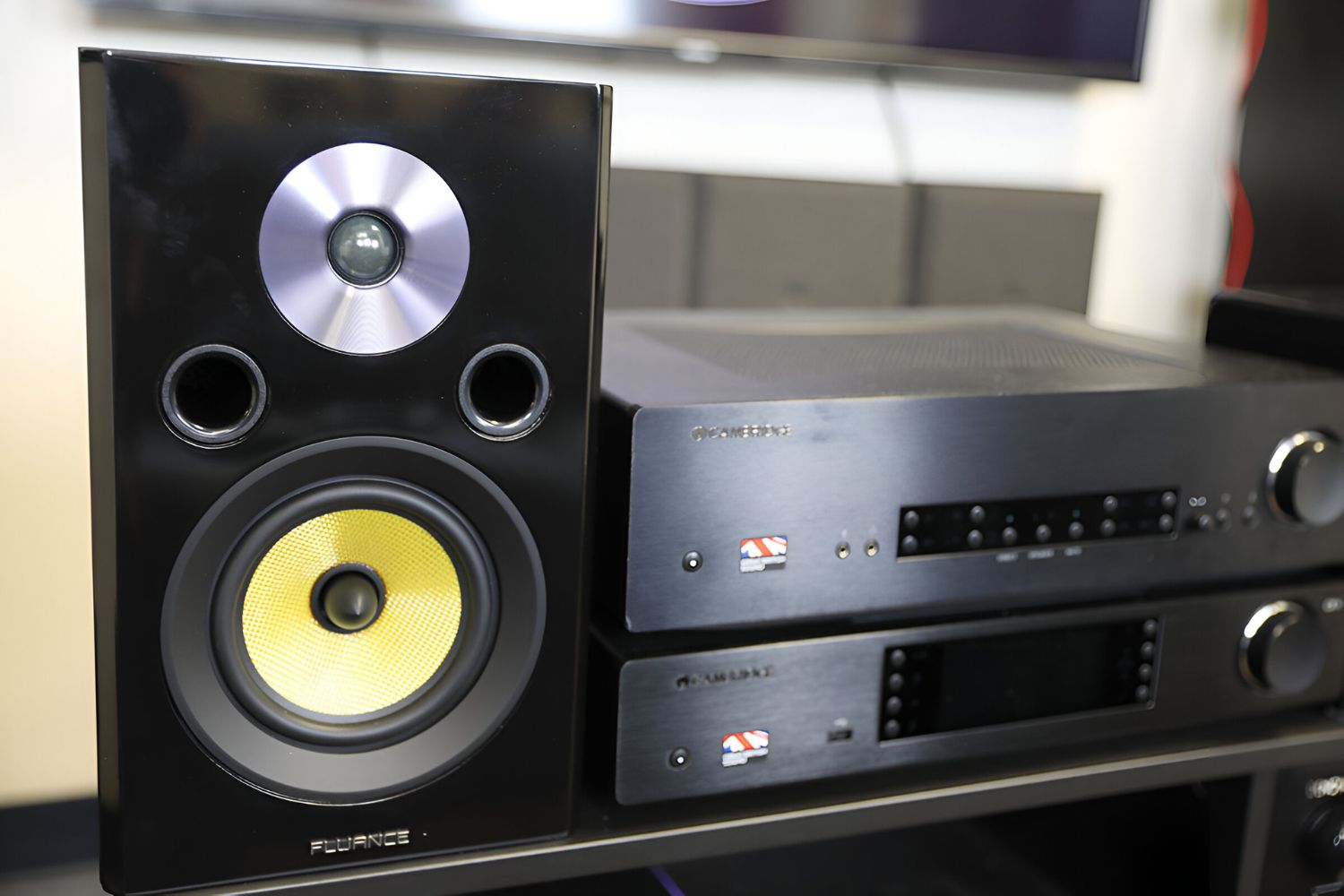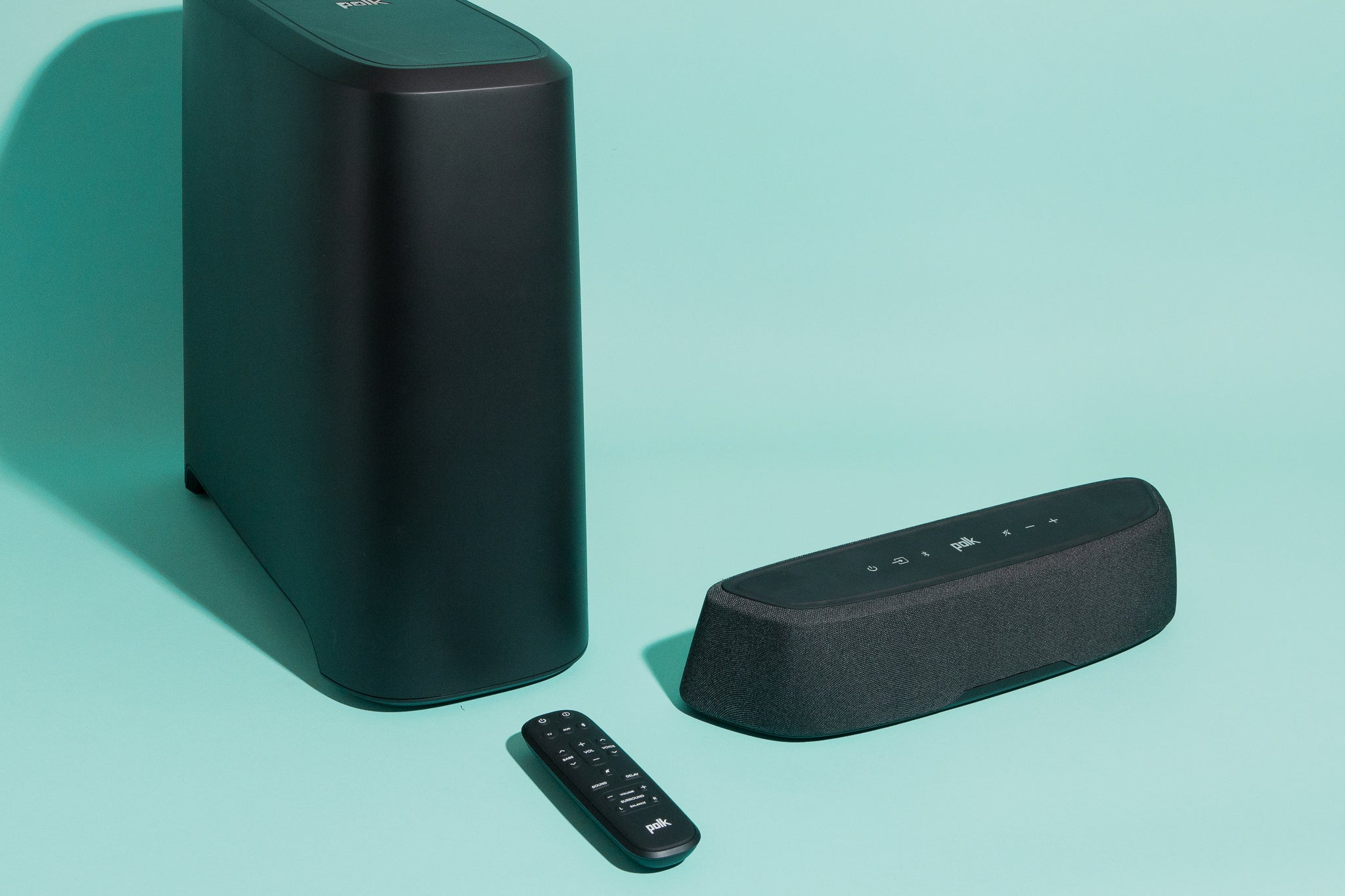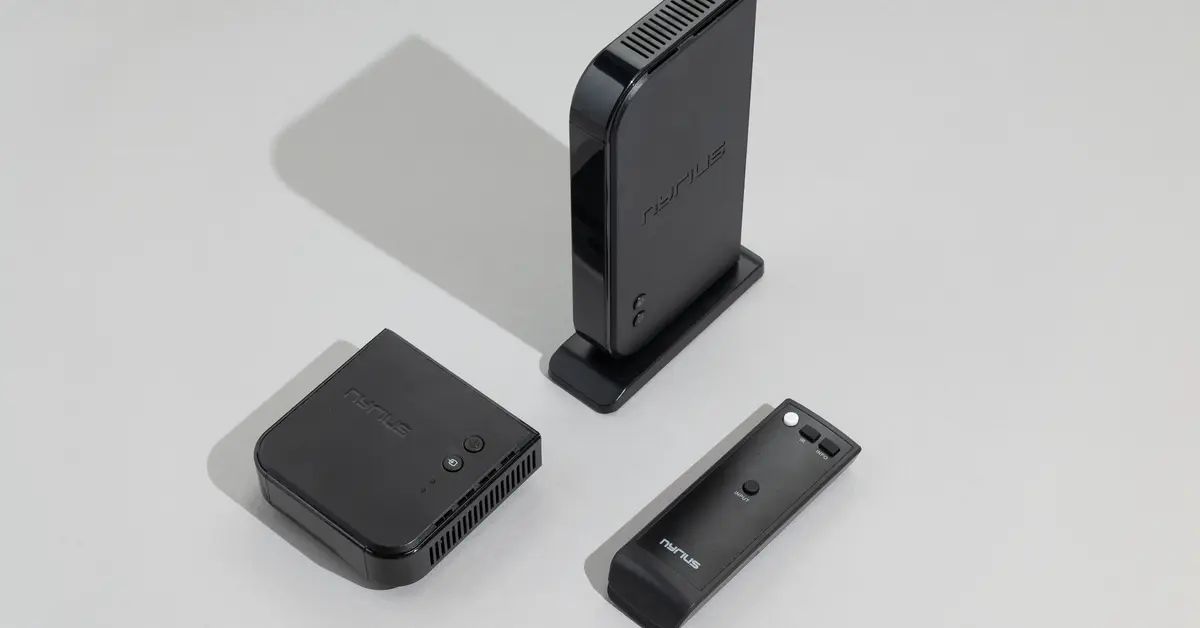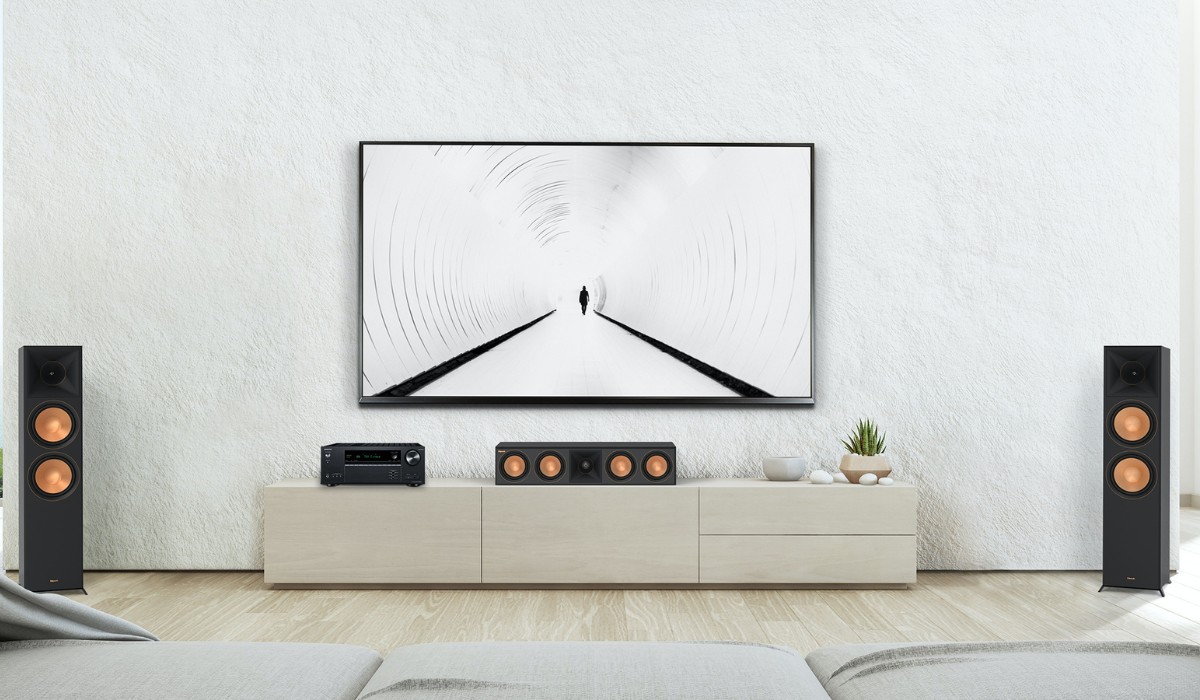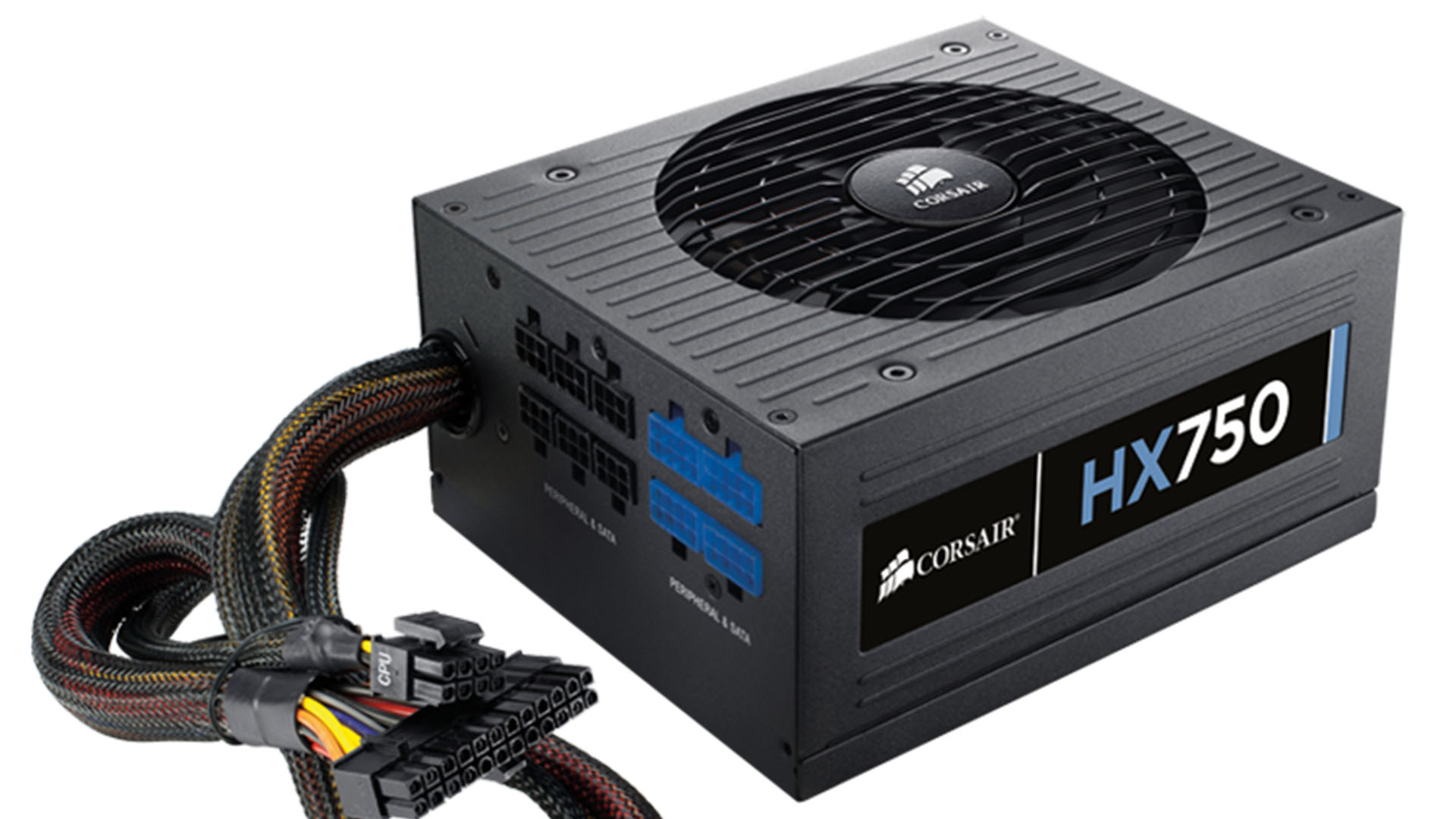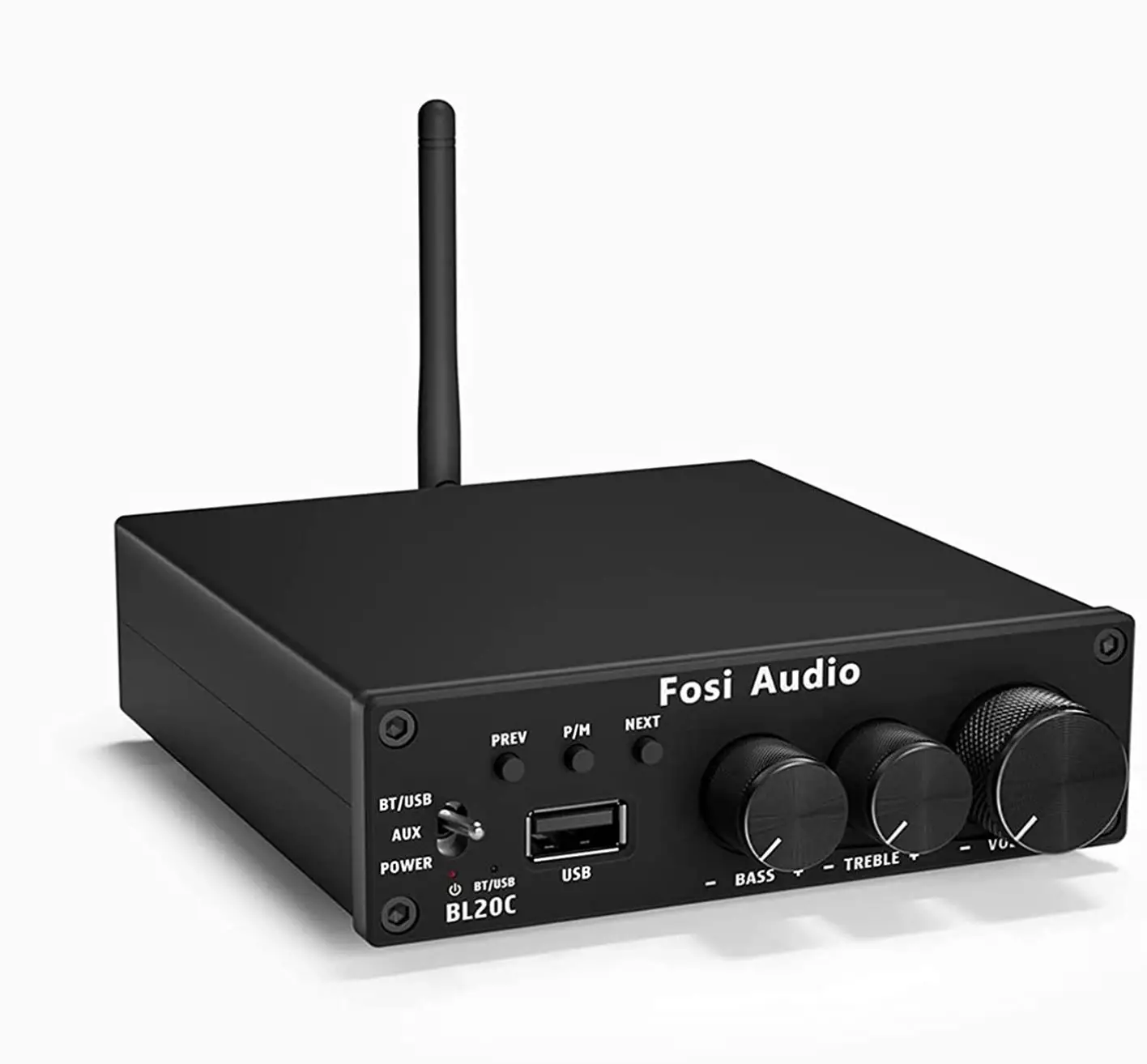Introduction
Understanding the Maximum Speaker Wattage Capacity for an 80 Watts/Channel AV Receiver
Selecting the right audio equipment can be a daunting task, especially when it comes to understanding technical specifications such as speaker wattage capacity and AV receiver wattage. In the world of home entertainment systems, the wattage capacity of speakers and AV receivers plays a crucial role in delivering optimal sound performance. When dealing with an 80 watts per channel AV receiver, it's essential to comprehend the maximum speaker wattage capacity that is compatible with this setup. This guide aims to demystify this aspect, providing clarity on how to match speakers with the wattage of an 80 watts per channel AV receiver for an immersive audio experience.
Understanding the intricacies of speaker wattage capacity and AV receiver wattage is vital for achieving the best audio quality. By delving into these technical details, you can make informed decisions when setting up your home theater or sound system. Let's explore the relationship between speaker wattage and AV receiver wattage, and how to determine the maximum speaker wattage capacity for an 80 watts per channel AV receiver.
Understanding Speaker Wattage Capacity
Understanding Speaker Wattage Capacity
Speaker wattage capacity refers to the amount of power a speaker can handle and is a critical factor in ensuring the longevity and performance of the speaker within an audio setup. It is important to note that speaker wattage capacity is not a measure of loudness, but rather the speaker's ability to handle power without being damaged. Exceeding the speaker's wattage capacity can result in distortion, reduced clarity, and potential damage to the speaker itself.
When evaluating speaker wattage capacity, it is essential to consider both the continuous power handling and the peak power handling. Continuous power handling denotes the amount of power a speaker can handle over an extended period, while peak power handling refers to the maximum power level that a speaker can handle for short durations without sustaining damage.
Matching the speaker wattage capacity to the amplifier or AV receiver's power output is crucial for achieving optimal audio performance. If the speaker wattage capacity is lower than the amplifier's power output, the speaker may struggle to handle the incoming power, leading to potential damage. Conversely, if the speaker wattage capacity far exceeds the amplifier's power output, it may result in underutilization of the speaker's capabilities.
It is important to note that while matching the speaker wattage capacity to the amplifier's power output is essential, it is equally crucial to consider the speaker's sensitivity rating. The sensitivity rating indicates how effectively a speaker converts power into sound and is measured in decibels (dB). Speakers with higher sensitivity ratings require less power to produce the same volume as speakers with lower sensitivity ratings.
In summary, understanding speaker wattage capacity involves considering both continuous and peak power handling, as well as matching the speaker's capabilities to the amplifier or AV receiver's power output. By ensuring a balanced match between the speaker wattage capacity and the amplifier's power output, audio enthusiasts can optimize their sound systems for exceptional performance while safeguarding their equipment from potential damage.
Understanding AV Receiver Wattage
Understanding AV Receiver Wattage
When exploring the intricacies of audiovisual technology, understanding the wattage of an AV receiver is paramount in optimizing the performance of a home theater or sound system. The wattage of an AV receiver, often expressed as watts per channel, signifies the power output that the receiver can deliver to connected speakers. In the context of an 80 watts per channel AV receiver, each channel is capable of delivering 80 watts of power to its respective speaker.
It is important to note that the wattage specification of an AV receiver pertains to its power output capabilities, which directly impact the audio quality and volume levels achievable with connected speakers. Higher wattage outputs generally result in greater volume potential and dynamic range, particularly in larger rooms or when driving speakers with higher power requirements. However, it is essential to discern the relationship between AV receiver wattage and speaker wattage capacity to ensure compatibility and optimal performance.
AV receiver wattage also plays a role in driving different types of speakers, such as bookshelf speakers, floor-standing speakers, or surround sound speakers. Understanding the power requirements of these speakers and matching them to the capabilities of the AV receiver is crucial for achieving balanced and immersive sound reproduction.
Furthermore, AV receiver wattage is intertwined with considerations of impedance and speaker sensitivity. Impedance, measured in ohms, represents the electrical resistance that a speaker presents to the AV receiver. Matching the impedance rating of the speakers to the capabilities of the AV receiver is essential for maintaining stability and performance. Additionally, considering speaker sensitivity, which influences the volume produced from a given amount of power, is vital in optimizing the overall sound quality and efficiency of the audio system.
Ultimately, understanding AV receiver wattage involves recognizing its role in powering connected speakers, driving different speaker types, and its interplay with impedance and speaker sensitivity. By comprehending these aspects, audio enthusiasts can make informed decisions when selecting speakers and configuring their audio systems to harness the full potential of their 80 watts per channel AV receiver.
Maximum Speaker Wattage Capacity for an 80 Watts/Channel AV Receiver
When determining the maximum speaker wattage capacity for an 80 watts per channel AV receiver, several factors come into play to ensure an optimal and harmonious audio setup. Understanding how to match speakers with the wattage of the AV receiver is essential for achieving balanced sound reproduction and safeguarding the longevity of the equipment.
Given the 80 watts per channel specification of the AV receiver, it is crucial to select speakers with a wattage capacity that aligns with this power output. While the 80 watts per channel rating signifies the maximum power that the receiver can deliver to each connected speaker, it is important to consider the compatibility of the speakers in terms of their power handling capabilities.
One approach to determining the maximum speaker wattage capacity is to aim for a speaker power handling that closely aligns with the 80 watts per channel output of the AV receiver. This alignment helps ensure that the speakers can effectively utilize the power delivered by the receiver without being overdriven or underutilized. Additionally, considering the continuous power handling and peak power handling of the speakers is essential to accommodate dynamic audio content without risking damage to the speakers.
Moreover, assessing the impedance and sensitivity ratings of the speakers is integral in the context of an 80 watts per channel AV receiver. Matching the impedance of the speakers to the receiver’s capabilities ensures stability and performance, while considering speaker sensitivity aids in optimizing the overall sound quality and efficiency of the audio system.
It is important to note that the maximum speaker wattage capacity for an 80 watts per channel AV receiver is not solely determined by the power output of the receiver, but also by the speaker’s power handling capabilities and overall compatibility with the AV receiver’s specifications. By carefully selecting speakers that align with the power output, impedance, and sensitivity requirements of the AV receiver, audio enthusiasts can create a cohesive and high-fidelity audio environment that fully leverages the capabilities of the 80 watts per channel AV receiver.







